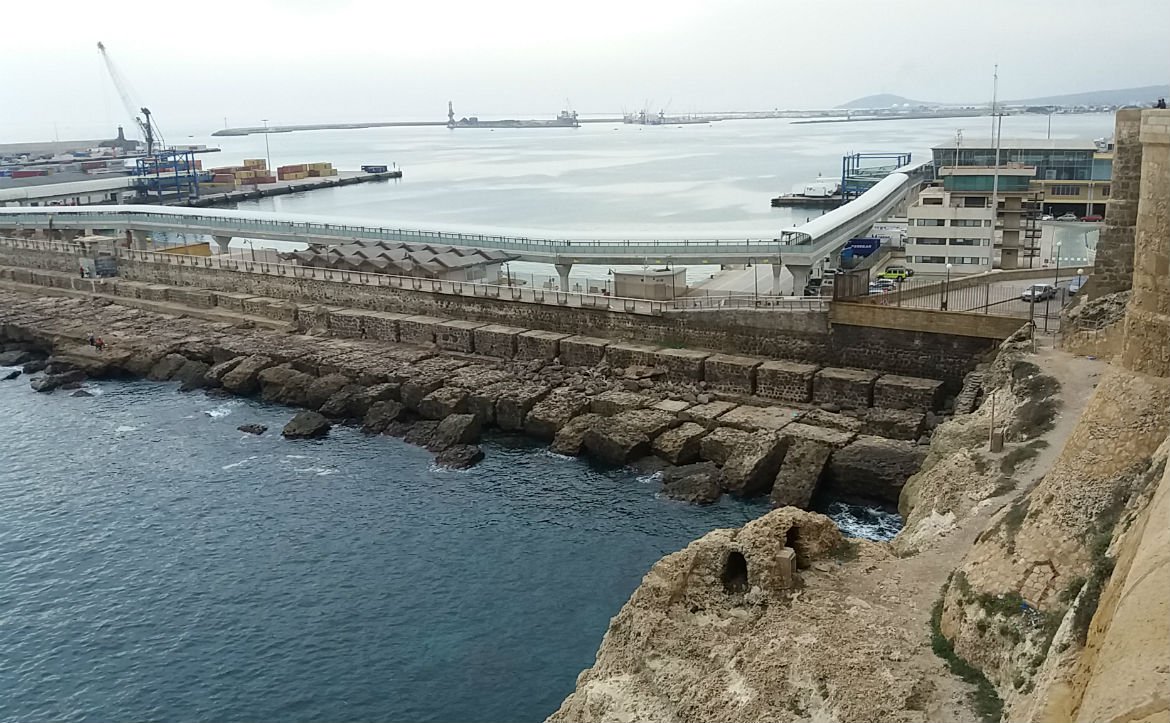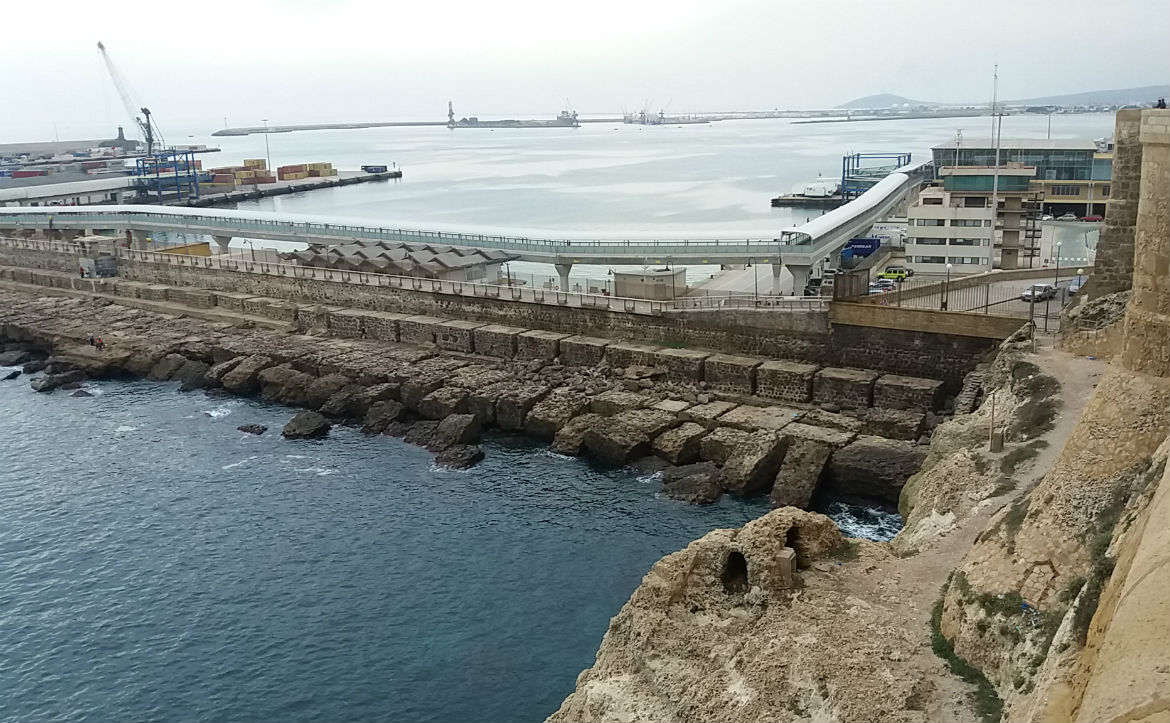
Design of Port of Melilla extension project
The Port of Melilla is a port of General Interest of the State that sets out in its Strategic Plan 2012-2022 the need of an outer extension as a key pillar for its development. The extension aims, mainly, at meeting the traffic expectations and supplying the autonomous city.
During the design phase of the project, developed by Prointec, the Environmental Impact Assessment became particularly important due to the special characteristics of the development area, as it houses the Patella Ferruginea (mollusk), an endangered species.
Some of the main works carried out are listed below:Field works:
- Binomial mapping: environmental characterization of Zone 2 and specific study of the Patella Ferruginea.
- Geophysics campaign: Ground stability and in-depth distribution.
- Geotechnical campaign: assessment of ground state, resistance end deformability parameters.
- Archeological campaign: Study of archeological data etc. based on documents examination, a side scan sonar, visual inspection (divers), dredger control, etc.
Wave study: Wave characterization in deep waters. Application on the design:
- Maritime climate in deep waters. Building on databases (series of reanalysis) and instrumental measurements (buoys) and the adequate calibration and validation.
- Classification. Use of the algorithm of maximum similarity (MDA)
- Propagation. Use of different numerical models (SMC, SWAN, MANOLO, etc.)
- Recreation of time series. Funded on radial basis functions (RBF)
- Maritime climate at the target point. Statistical treatment and determination of the mean and extreme tidal range.
Study of the coastal dynamics: Study of currents and sediment transport, and effects on beaches.
Operationality study: Study of the agitation and operationality in the new sheltered dock.
Works dimensioning: Dimensioning of sheltering and berthing works with failure checks according to level I, II and III methods.
Dredging project: Study of the dredging material, sample collection, classification, preventive measures, management, etc.
Materials provenance: Study of the area materials and its possible reuse as borrow materials.
Other studies: The project was completed by conducting the following studies
- Study of landscaping impact.
- Study of inland waters renewal.
- Study of waste waters production and management.
- Study of the drinking water increase.

